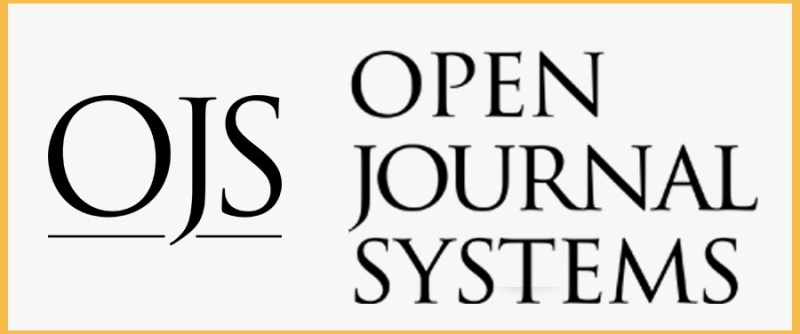IMPLEMENTASI ALGORITMA HAVERSINE PADA APLIKASI PENCARIAN LAYANAN KESEHATAN BERBASIS ANDROID
DOI:
https://doi.org/10.47080/iftech.v6i2.3309Keywords:
Applications, Google Maps Api, Haversine Algorithm, Health ServicesAbstract
The development of information technology has changed people's life patterns by enabling easy access to information via smart devices such as smartphones. One of the pressing needs is easy access to information on nearby health services, especially in emergency situations or to get timely treatment. This research aims to develop an Android-based health service search application by utilizing the Haversine algorithm and Google Maps API. The Google Maps API was chosen because of its ability to provide accurate location data and various visualization features that help users navigate. The result of this research is a health service search application that utilizes the Haversine algorithm to calculate the distance between users and the nearest health facility to easily find health services that suit their needs based on the closest location. Application testing shows satisfactory results, with a high level of accuracy in determining the location of the nearest health facility. This application is expected to be an effective solution in making it easier for people to find the nearest health services quickly and efficiently via their smart devices.
References
Fazari, A. N., Ramadiani, & Hatta, H. R. (2020). Pencarian Jarak Terdekat Dokter Praktek Menggunakan Metode Haversine. Prosiding Seminar Nasional Ilmu Komputer Dan Teknologi Informasi, 5(1), 7–12.
Fitriani, L., Nur, A. A., Rahayu, R., Jinan, R., Selviana, R. E., Rahman, F., & Laily, N. (2021). Keputusan Pemilihan Pelayanan Pengobatan Ditinjau dari Karakteristik Individu dan Aksesibilitas. Jurnal Penelitian Dan Pengembangan Kesehatan Masyarakat Indonesia, 2(1), 67–75. https://doi.org/10.15294/jppkmi.v2i1.47366
Hasanah, Mau’idzoh; Carudin; Purnamasari, I. (2023). Implementasi Algoritma Haversine Pada Fitur Geolocation Aplikasi Pencarian Terapis Baby Spa. Jurnal Ilmiah Wahana Pendidikan, 9(15), 376–390.
Hasanah, H., Fatullah, R., & Ilahi, I. (2021). Rancang Bangun Sistem Informasi Jasa Laundry Pada Rumah Laundry Berbasis Android. Unitek : Jurnal Universal Teknologi, 14(2), 2580–2582.
Hidayati, R., & Mutiah, N. (2022). Penerapan Metode Haversine Formula Pada Pencarian Lokasi Fasilitas Kesehatan Terdekat. Jurnal Media Informatika Budidarma, 6(1), 278. https://doi.org/10.30865/mib.v6i1.3445
Irfan, M., Siregar, H., & Handoko, J. T. (2023). Pengembangan Dan Integrasi Aplikasi Prediksi Jumlah Gagal Produksi PC Meggunakan Metode Triple Exponential Smoothing Pada Sistem Aplikasi Produksi Di PT Tera Data Indonusa,Tbk. Seminar Nasional Hasil Penelitian Dan Pengabdian Masyaraka, November 2015, 80–96.
Landang, A. S., & Anggriyani, F. (2022). Protection of Patients Rights in Receiving Medical Information in Kanjuruhan Regional General Hospital Regency. Journal of Medical Records and Health Information, 3(1), 14–21. https://doi.org/10.58535/jrmik.v3i1.38
Nur Fazari, A., Fakultas Ilmu Komputer dan Teknologi Informasi, R., & Ilmu Komputer dan Teknologi Informasi, F. (2020). Pencarian Jarak Terdekat Dokter Praktek Menggunakan Metode Haversine Heliza Rahmania Hatta. Prosiding Seminar Nasional Ilmu Komputer Dan Teknologi Informasi, 5(1), 3–9.
Syakti, F., & Oktaviani, N. (2020). Pengembangan Aplikasi Location Based Service Fasilitas Kesehatan Menggunakan Model Scrum. JUSIM (Jurnal Sistem Informasi Musirawas), 5(02), 144–152. https://doi.org/10.32767/jusim.v5i02.1005


1.jpg)







